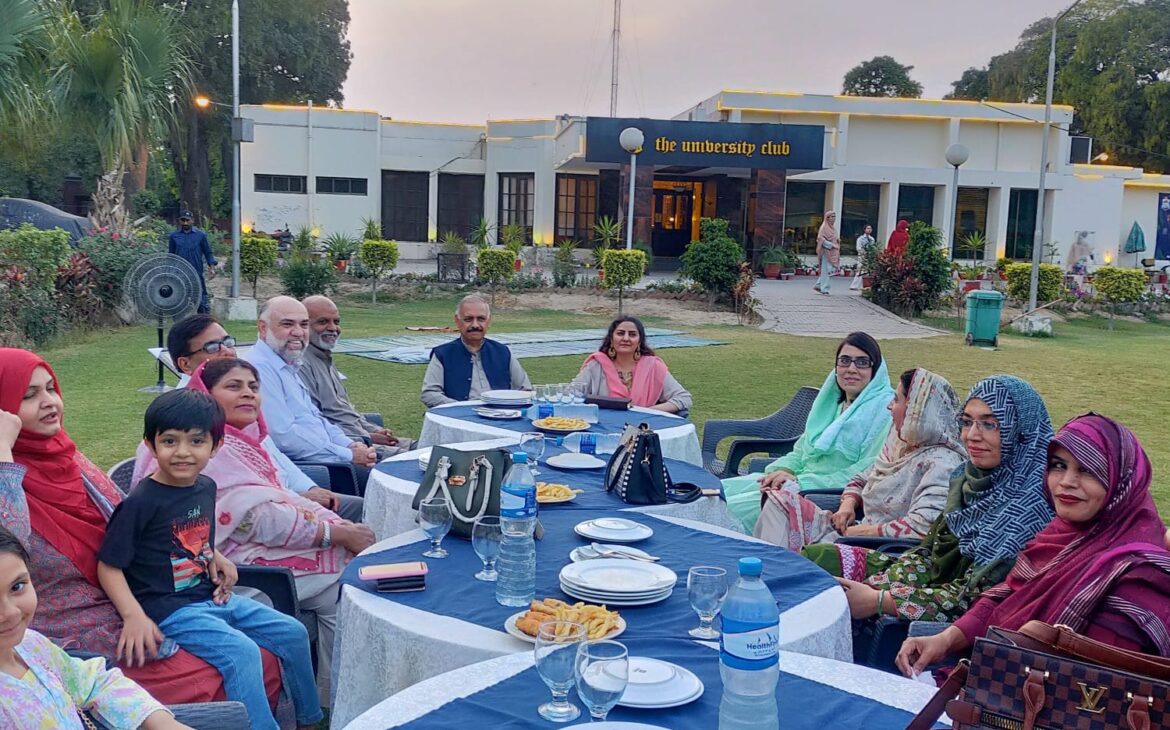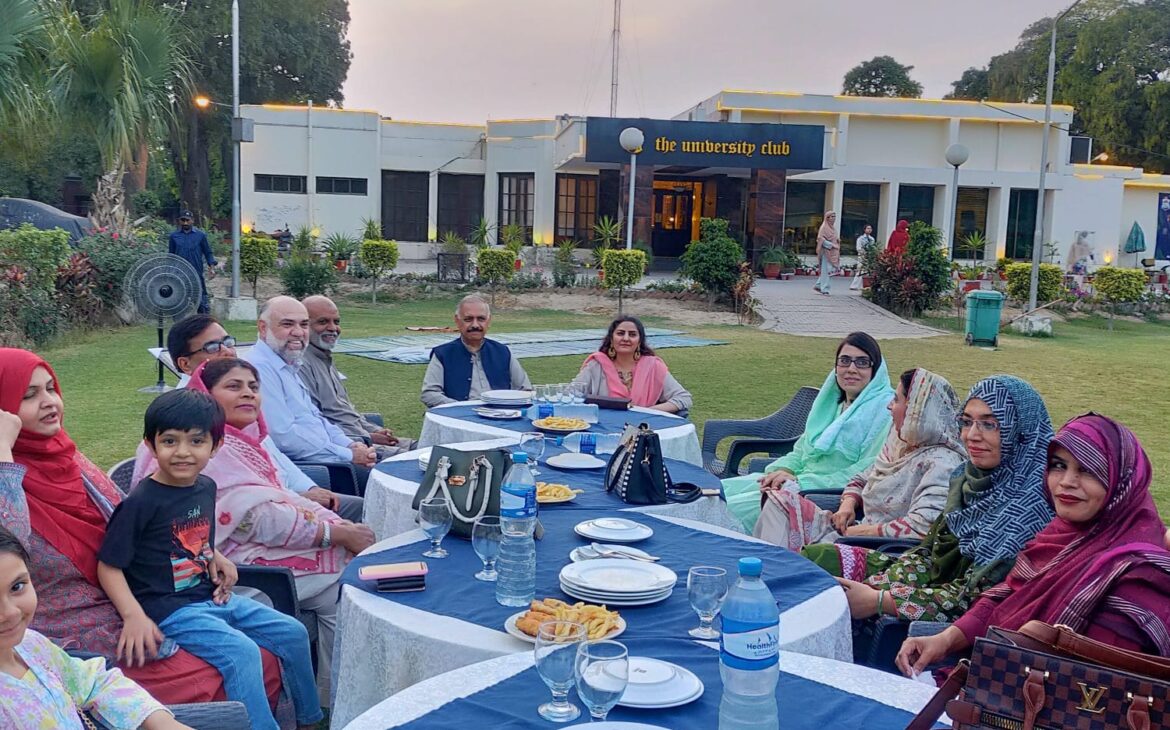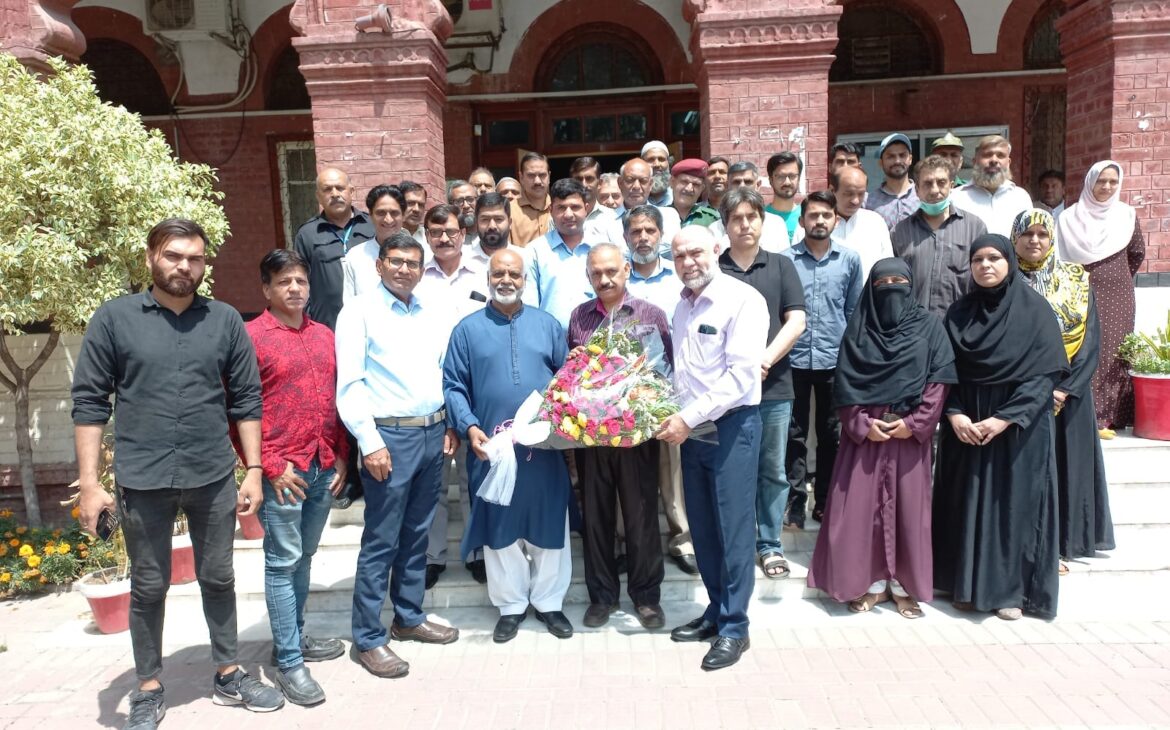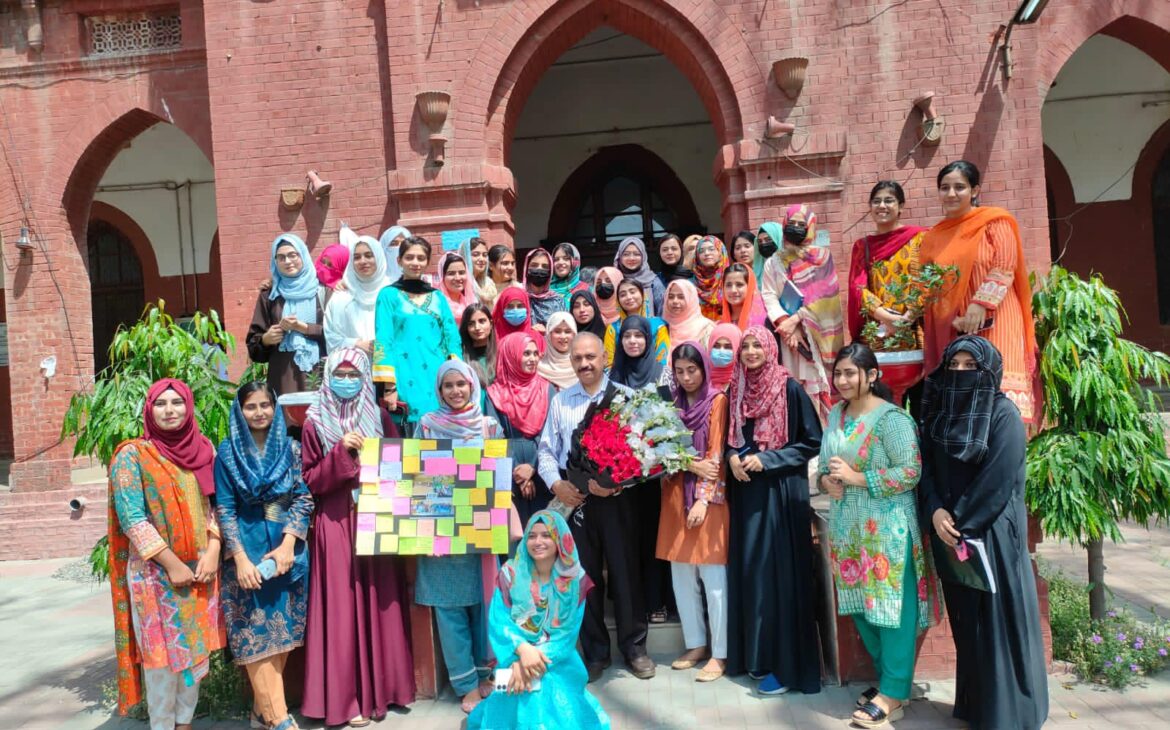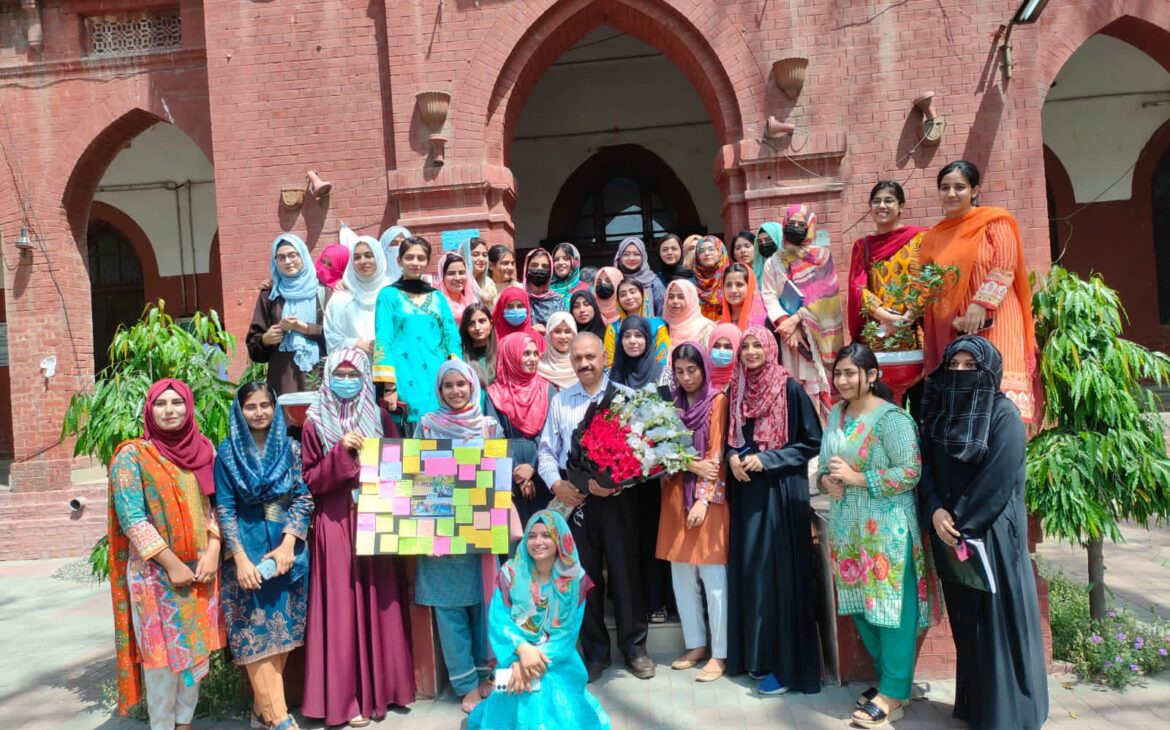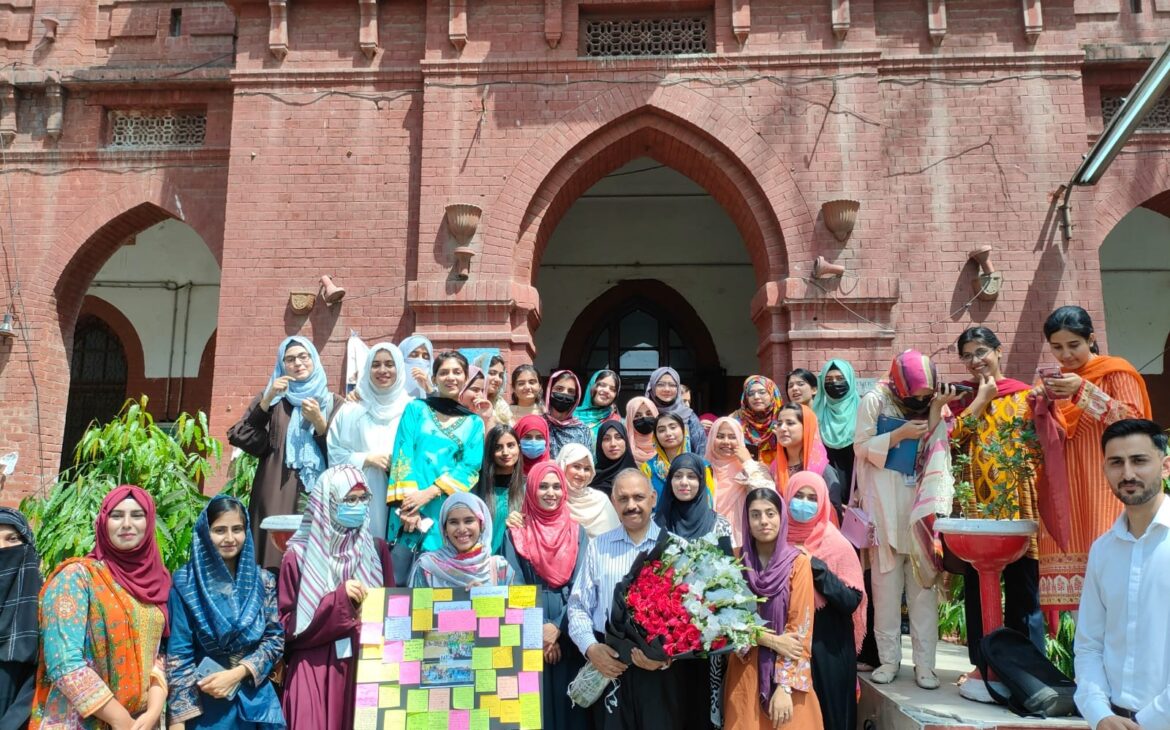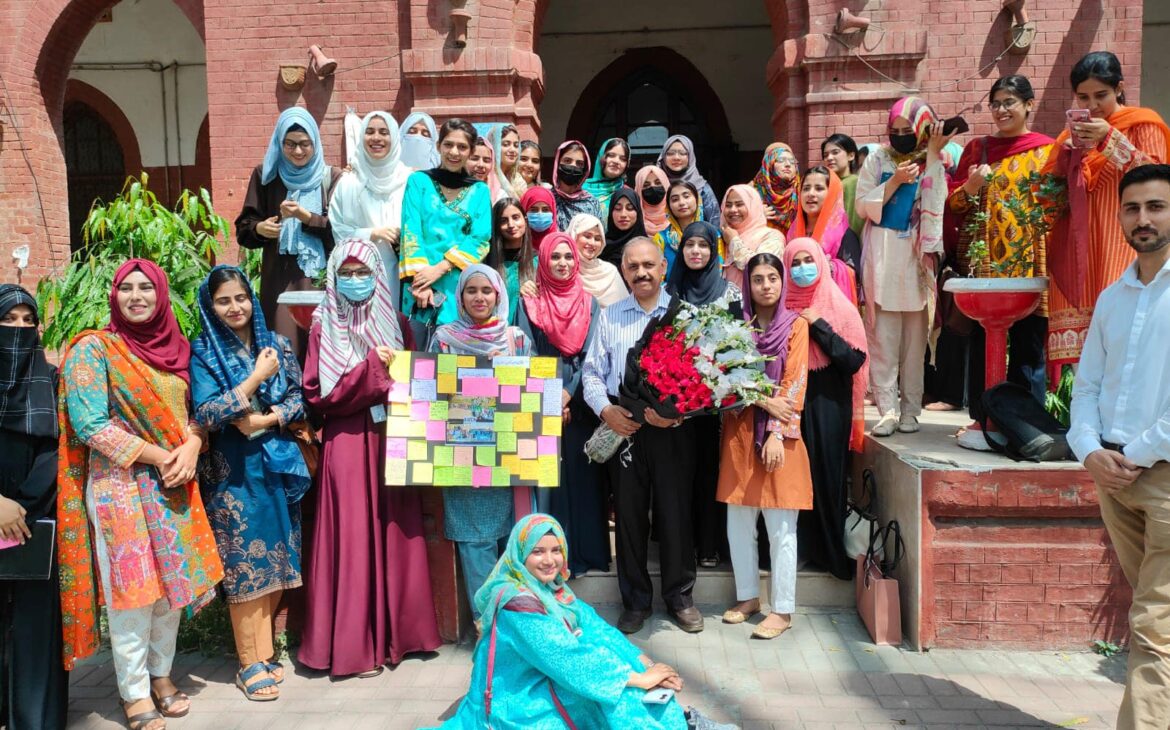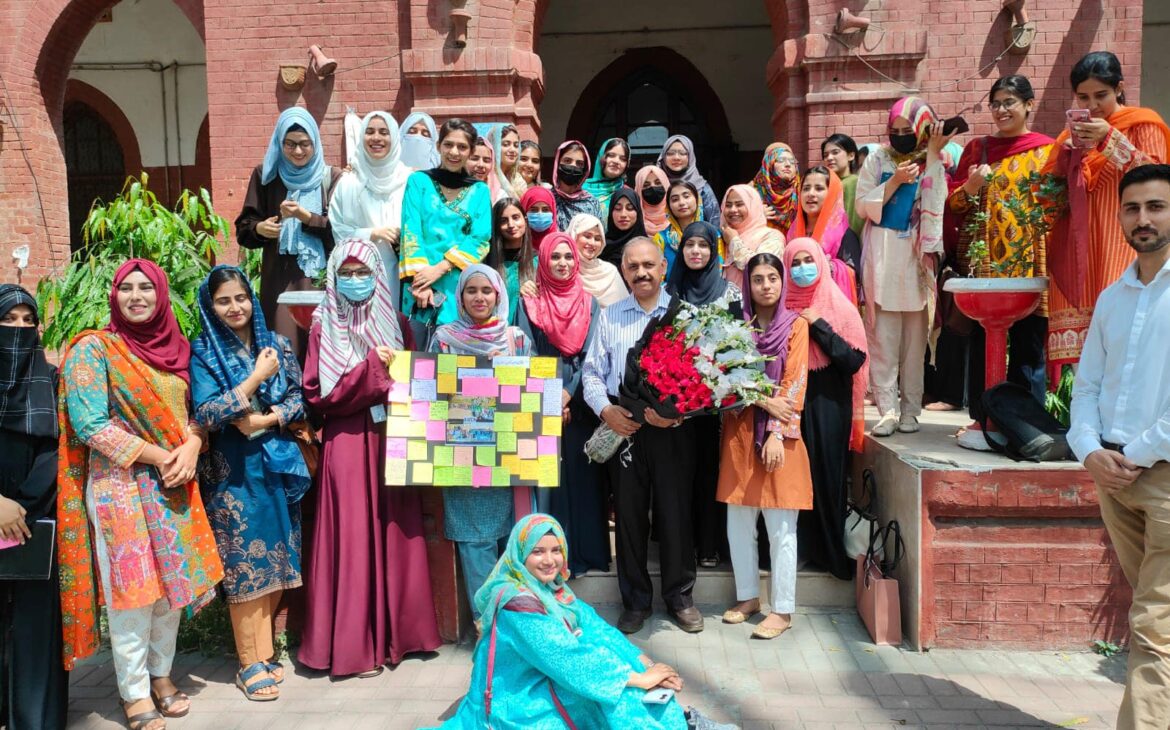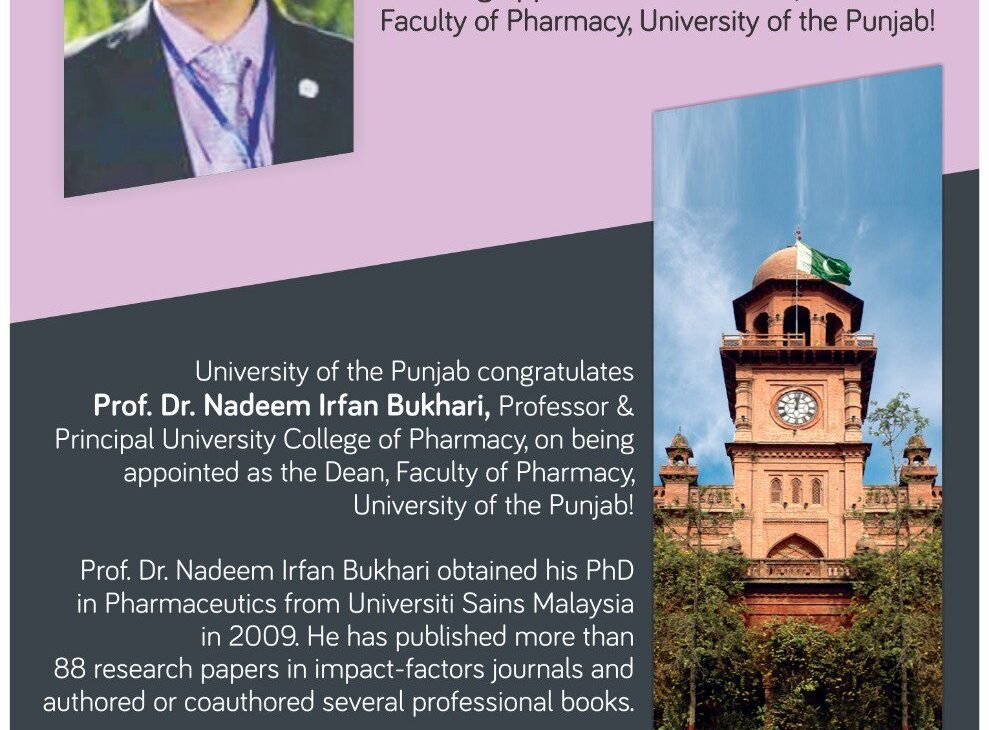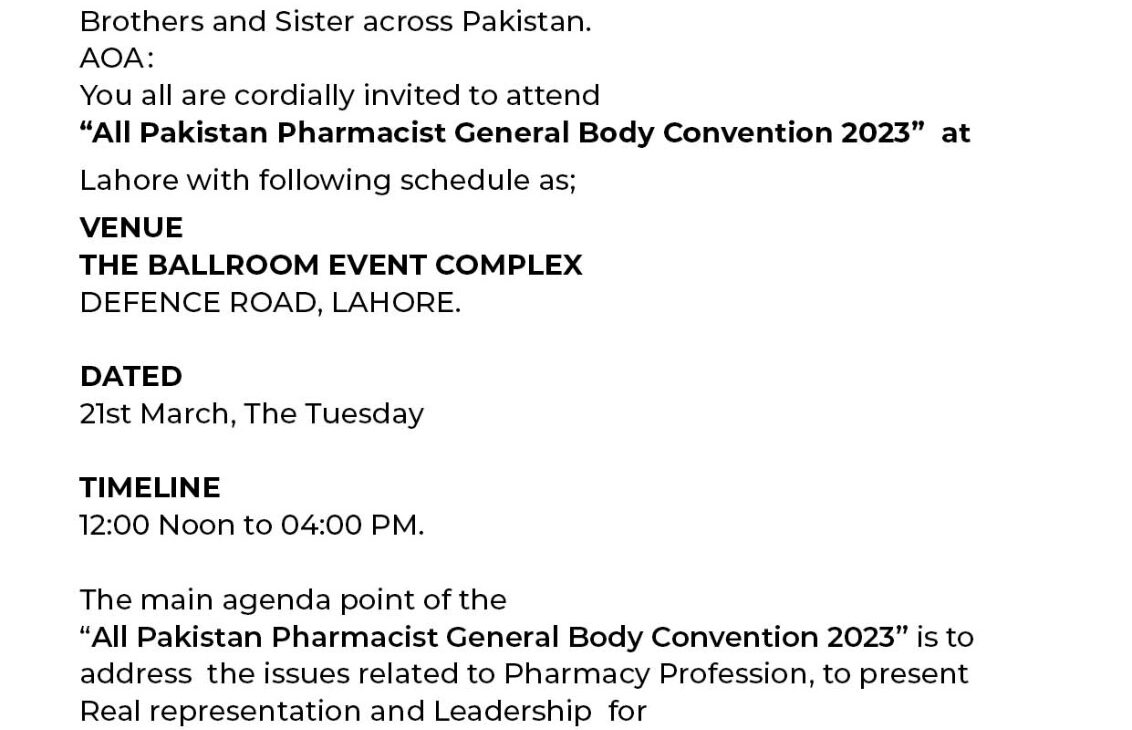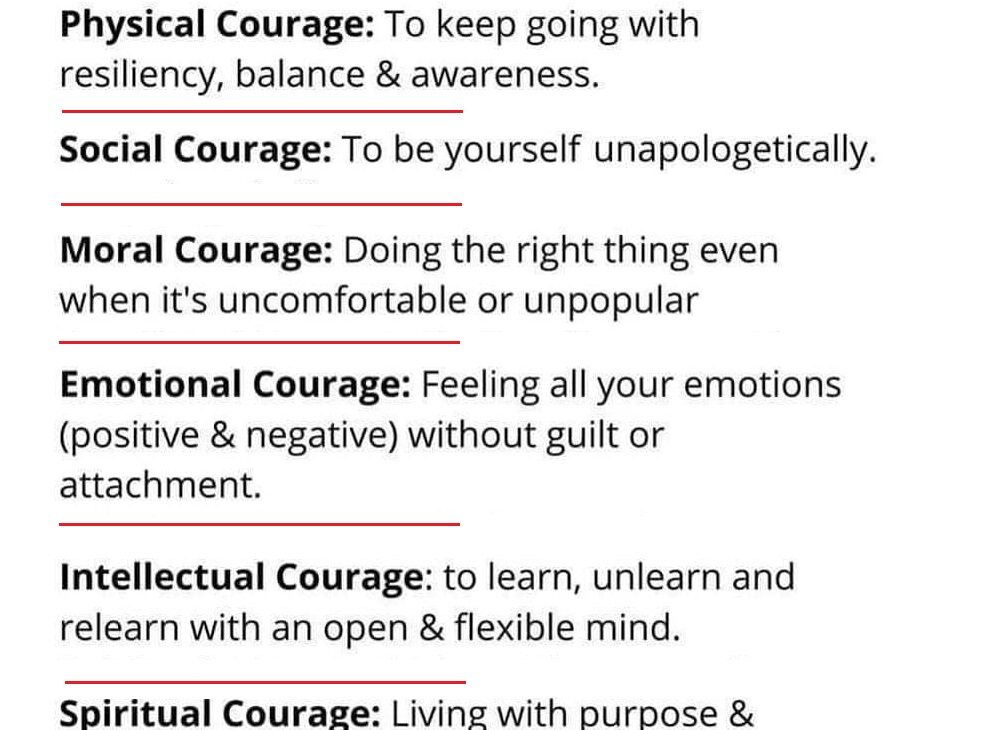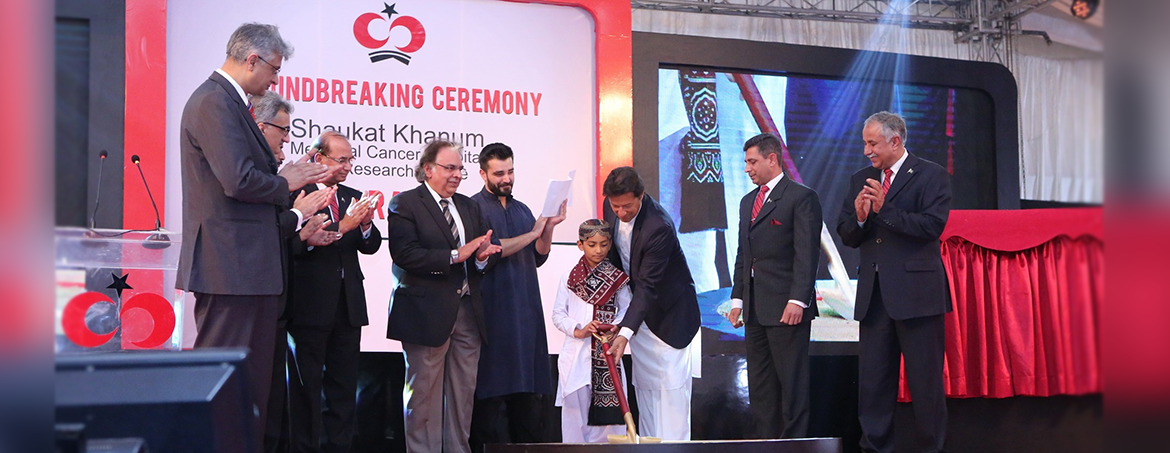Pharmaceutical Review (Staff Reporter). A goodbye to Prof. Dr. Nadeem Irfan Bukhari, Dean Faculty of Pharmacy, by faculty and college employees. “Parting and departing are the parts of life” stated by Dean and Professor of Pharmacy, University of the Punjab, Pakistan.
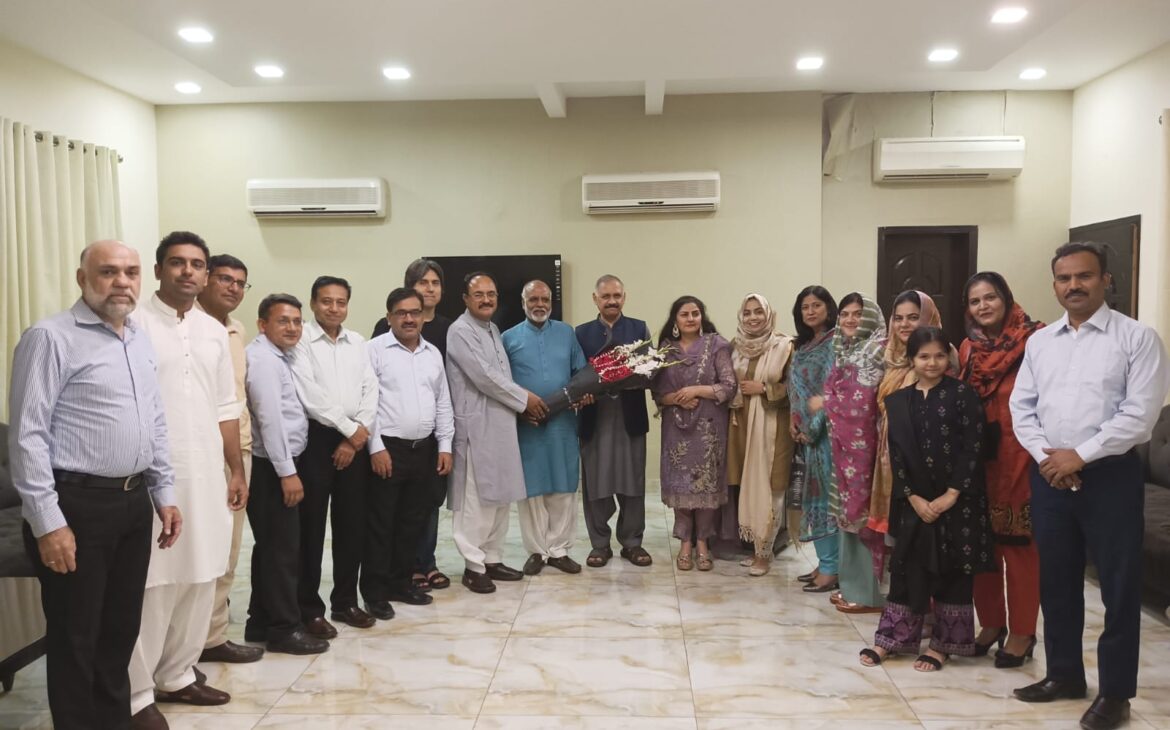
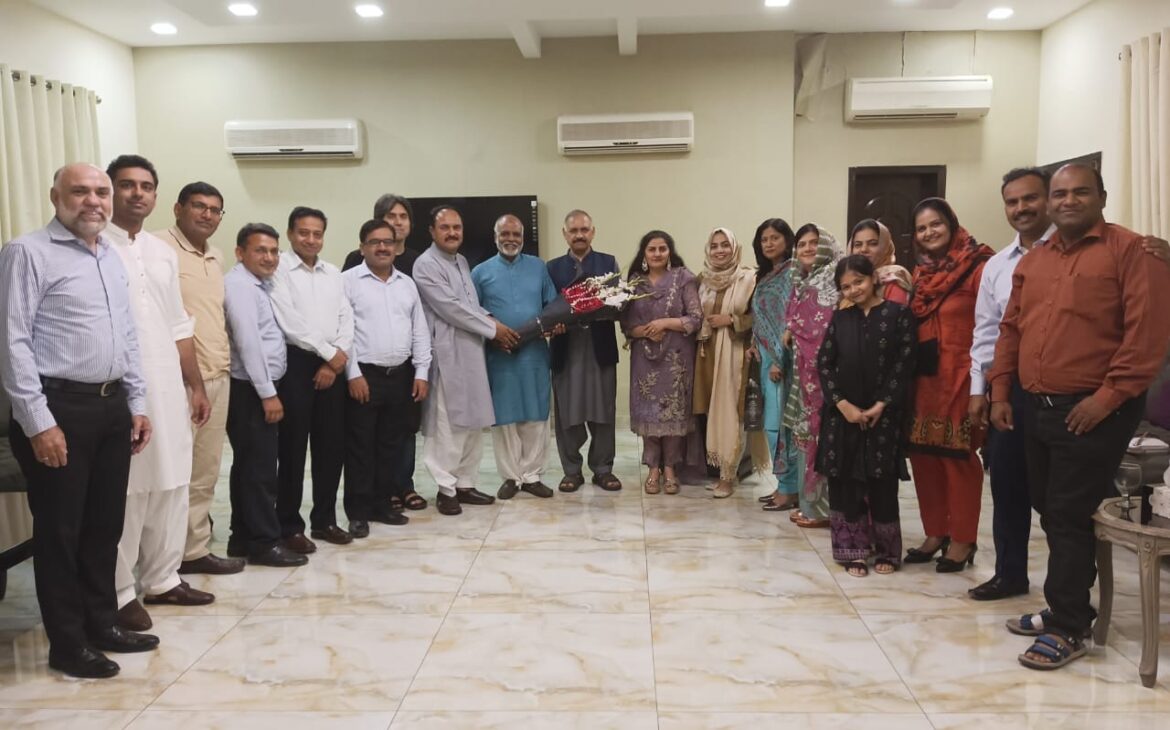



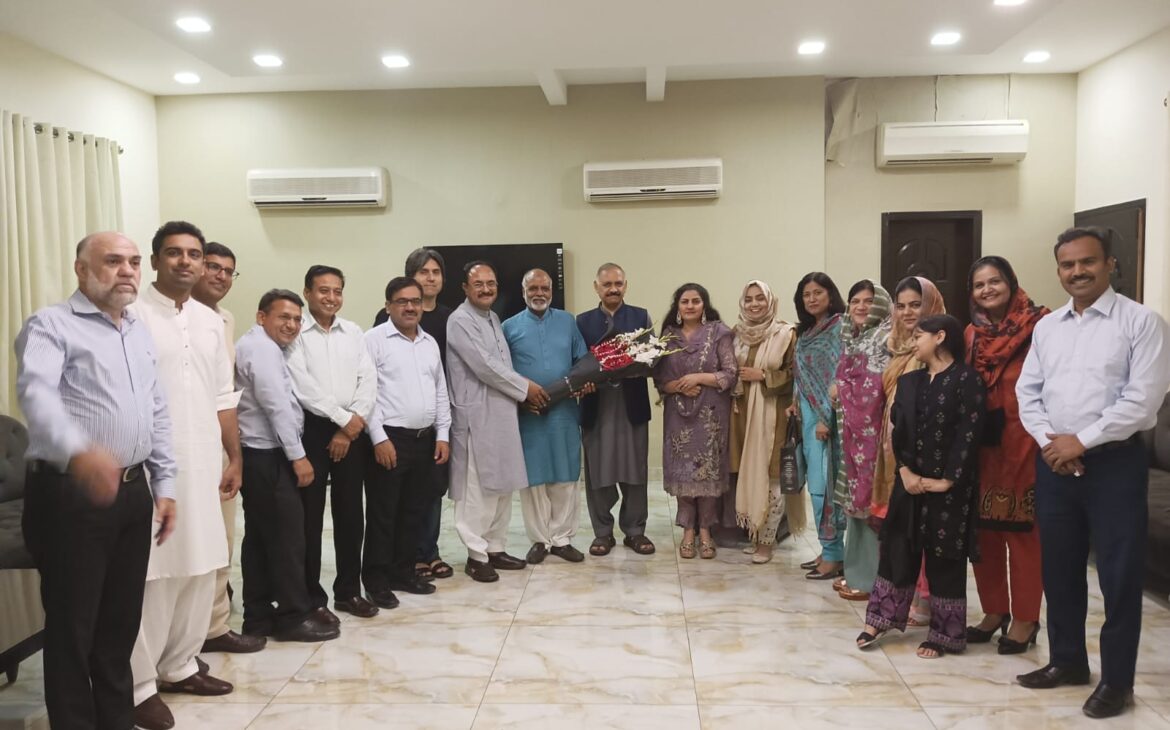
A senior faculty member stated on this retirement occasion that “We are being friends, class fellow of M. Phil and PhD, witness that Dr. Nadeem is a wonderful scientist, academician, inventor and innovator. I learnt a lot from his friendship. I pray for your future endeavors Dr. Sb! Certainly, I will miss you at the college for one and half month as I am retiring in June”.
A little tribute also offered by the Department of Pharmaceutical Chemistry to a man who is a blend of many qualities including A writer, A Cartoonist, A researcher, A teacher, A noble person, and many more. May Allah bless Dr. Nadeem happiness and good health in coming life and career.


